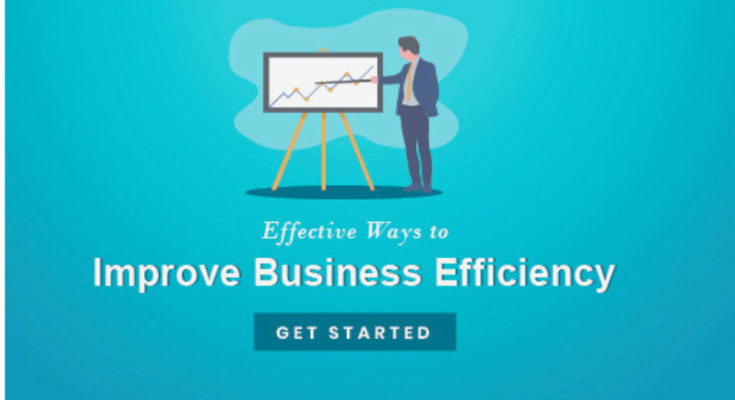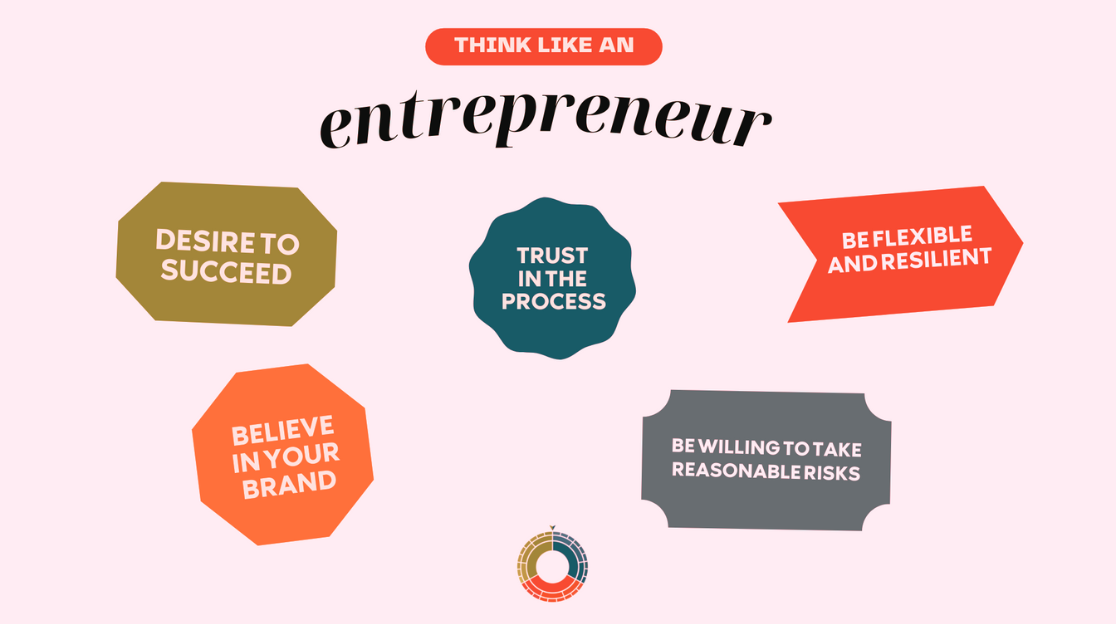Introduction:
In today’s competitive landscape, business efficiency is the cornerstone of sustainable growth. Efficient processes save time, reduce costs, and ensure customer satisfaction. But achieving efficiency requires more than just cutting expenses—it’s about maximizing productivity without sacrificing quality. If you’re wondering how to enhance your business operations, this guide covers essential strategies and practical steps.
1. Leverage Technology for Automation
Automation tools can streamline repetitive tasks, reduce errors, and improve workflow efficiency. Consider investing in software for areas like:
- Customer Relationship Management (CRM): Manage customer data and sales pipelines effortlessly.
- Project Management Tools: Platforms like Trello, Asana, or Monday.com help teams track progress and manage tasks efficiently.
- Accounting Software: Automating payroll, invoicing, and tax filing saves time and reduces human error.
Tip: Identify manual processes that consume too much time. Automate them using industry-specific tools to enhance efficiency.
2. Optimize Communication and Collaboration
Effective internal communication prevents bottlenecks and improves teamwork. Use communication platforms to keep teams connected and aligned:
- Instant Messaging Tools: Slack or Microsoft Teams reduce back-and-forth emails.
- Video Conferencing: Zoom and Google Meet allow quick and efficient remote meetings.
- File Sharing Solutions: Google Workspace and Dropbox streamline document sharing.
Fostering a culture of transparent communication ensures employees are on the same page, reducing misunderstandings and delays.
3. Analyze and Refine Workflows
Map out your workflows to identify inefficiencies. Use process mapping techniques to visualize each step, detect bottlenecks, and refine workflows. Apply these methods to optimize processes:
- Lean Management: Focus on reducing waste by eliminating non-value-adding tasks.
- Six Sigma: Improve efficiency by reducing defects and ensuring quality output.
- Kaizen Method: Continuous small improvements can lead to significant long-term benefits.
A workflow audit can reveal hidden inefficiencies and highlight opportunities for improvement.
4. Set SMART Goals and Track Performance
Establish Specific, Measurable, Achievable, Relevant, and Time-bound (SMART) goals to maintain a clear direction. Breaking down larger objectives into actionable tasks keeps teams focused and motivated.
Use KPIs (Key Performance Indicators) to track business performance in areas such as:
- Sales growth
- Customer retention rate
- Operational costs
- Employee productivity
Tracking KPIs ensures you stay aligned with your business objectives and adjust strategies accordingly.
5. Invest in Employee Training and Development
Efficient businesses rely on skilled employees. Investing in employee training and development boosts productivity and enhances job satisfaction. Consider:
- Providing access to online courses and certifications.
- Encouraging cross-functional training to promote flexibility.
- Hosting workshops to introduce new technologies and best practices.
When employees feel supported, they are more engaged and willing to contribute to business success.
6. Outsource Non-Core Tasks
Delegating non-essential tasks to specialized service providers allows businesses to focus on core activities. Outsourcing options include:
- IT Services
- Accounting and Bookkeeping
- Marketing and Social Media Management
By outsourcing, you not only reduce costs but also gain access to experts, further improving business efficiency.
7. Monitor Cash Flow and Manage Inventory Efficiently
Efficient cash flow and inventory management are vital for business sustainability. Use these strategies:
- Cash Flow Forecasting: Plan future expenses to avoid cash shortages.
- Inventory Management Software: Automate inventory tracking to reduce stock-outs and overstock situations.
Businesses with optimized cash flow and inventory can respond quickly to market changes and meet customer demands effectively.
8. Embrace Customer Feedback and Continuous Improvement
Customer feedback offers valuable insights into potential areas of improvement. Implement these strategies:
- Use Net Promoter Score (NPS) surveys to gauge customer satisfaction.
- Regularly review feedback from social media and online platforms.
- Act on feedback to enhance products, services, and internal processes.
Listening to customers and continuously refining your offerings ensures long-term efficiency and customer loyalty.
Conclusion: The Path to Sustainable Business Efficiency
Improving business efficiency is not a one-time task but a continuous journey. By leveraging technology, streamlining communication, investing in employee development, and monitoring key metrics, you can foster sustainable growth.
Efficient businesses are better equipped to handle market fluctuations, reduce costs, and stay competitive. Start small—implementing incremental changes—and gradually scale your efficiency efforts across departments. As you optimize operations, you’ll enjoy higher profits, better customer satisfaction, and stronger business resilience.
With the right strategies, any business can become more efficient and poised for growth. Implement the steps outlined above to unlock your business’s full potential!



